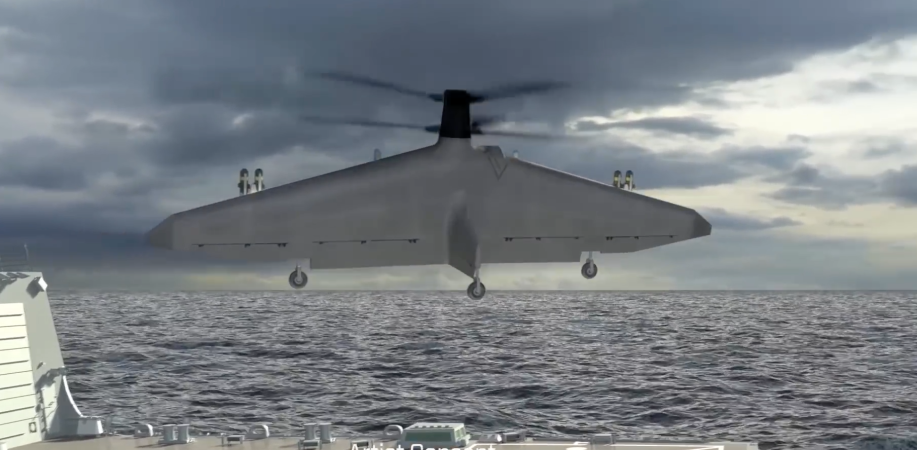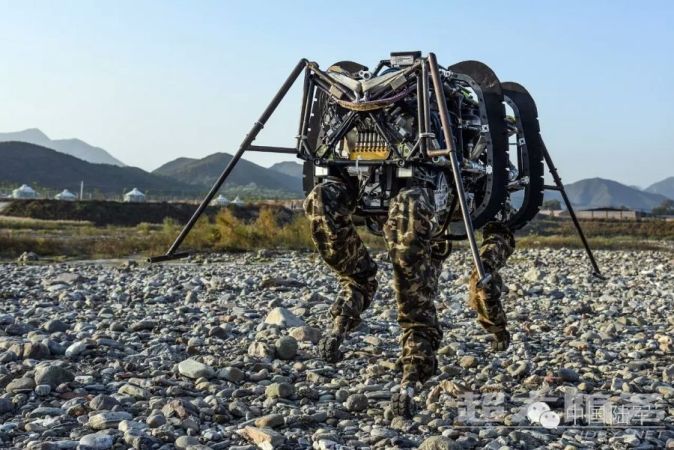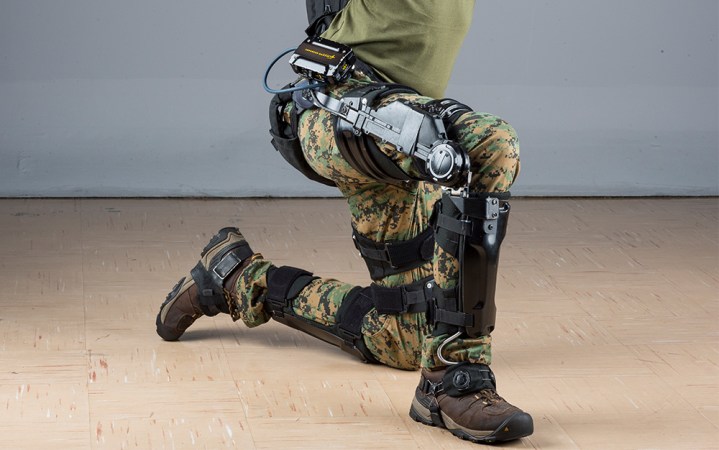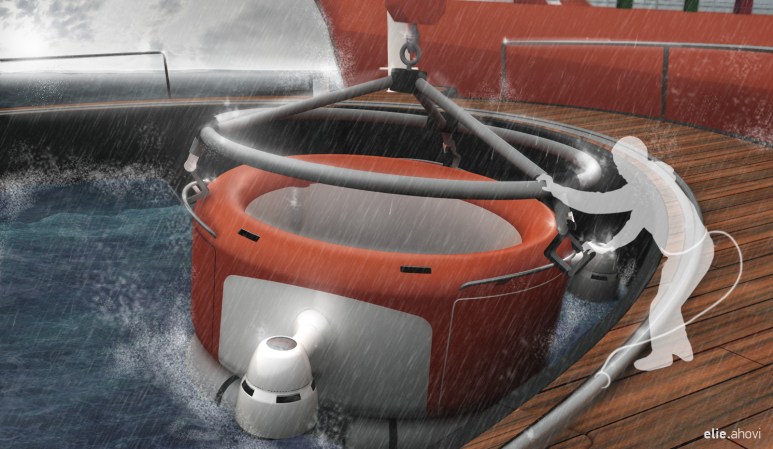

An army marches on its stomach, and leaves trash in its wake.
Before combat can even begin, militaries start generating waste. Disposing of refuse, such as wrappers, containers, and disused packaging, is a problem at every stage of the life cycle. It takes energy to ship the packaging into a country, it requires dedicated resources to get rid of it, and improper disposal can leave long-lasting damage on the environment and on people who breathe the fumes from burn pits. That’s why DARPA, the Pentagon’s blue-sky projects wing, wants future supplies packaged in waste that is itself useful a second time, whether as fuel, building material, or food itself.
This is the goal of DARPA’s ReSource program, which is soon going to be moving onto its second phase. In the first phase, teams from Battelle (a private research company frequently contracted by the government), Iowa State University, MIT, and Michigan Technological University, alongside government partners, studied proofs-of-concept for such waste conversion.
This waste can take many forms. Consider one of the simplest: a disposable or recyclable water bottle. It offers many virtues, and of course the water it holds for a thirsty soldier is its primary purpose. It’s self-contained, well-portioned, universally needed, and vital in a pinch. The bottle also has its own mass, which is modest in isolation and massive at scale if there are many of them. Right now, once the bottle is used, it’s just waste. But ReSource envisions a second, useful afterlife for such trash.
[Related: Australian soldiers are testing out stealthy e-bikes for scouting missions]
“Performer teams are tasked with developing systems to break down mixed waste, including common plastics, reformulate the waste at the molecular level into strategic materials and chemicals,” describes DARPA, “and recover purified usable products such as oils, lubricants, and edible macronutrients.”
The ReSource program was first announced in 2019, and in 2020 the team from Michigan Technological University described their plan to turn plastic into protein powder using bacteria.
“Our project is trying to find ways to convert waste plastic into protein powder or nutritional supplements and lubricants,” Steve Techtmann, assistant professor of biological sciences at Michigan Technological University, said in a release. “The general idea is that plastic is hard to break down using biology because it’s made up of a polymer, and its units are stuck together. To break apart the polymer, some bacteria can do this, but it’s very slow. So, to convert plastic into food quickly, we need an alternative approach.”
That approach, at least as envisioned in 2020, was to create a kind of black-box processor, which would put empty water bottles in one end, use heat to break down the bottle, then pass it to a chamber of bacteria that would further process the plastic. The end product would be a protein powder, ready to mix into a soldier’s next drink.
Much work on ReSources still needs to be done to prove that such methods are even viable, to say nothing of the hurdle of getting soldiers to mix processed water bottle remains into their next beverage.
[Related: Tank in trouble? The Army can just 3D print the part.]
Another use case, pursued by both Michigan and the team from Battelle, focuses on a more expected conversion product, one that skips the food route entirely and focuses on guns.
Battelle chose to focus its conversion process on polyethylene and polyethylene terephthalate, two plastics commonly used in milk jugs and single-use water bottles, respectively. “The team had the choice of a variety of food, pharmaceutical and chemical outputs and selected gun lubricant because the material is both critical to warfighters in the field,” said Battelle in a release.
Guns are a series of moving parts, and friction that causes a gun jam can be fatal. Converting packaging waste into gun lubricant increases the likelihood that soldiers have what they need on hand, and reduces the amount of lubricant that needs to be shipped to forward bases in the first place.
For Battelle’s process, they also turned to bacteria to break down the components. Bacteria self-replicate, meaning only a small amount of the microorganisms would be needed to start the process. Like the Michigan team, Battelle described the time of biological degradation as the greater obstacle, with an expressed desire to speed the process along.
Incinerators and burn pits, which were for years the default waste disposal method of the US military in Afghanistan, come with health risks in the form of hazardous byproducts, durable ground contamination, and the additional risk of light; running an incinerator at night means illuminating part of a base, allowing hostile forces to better see their targets.
Even if early results of ReSource don’t offer quite the speed desired, the ability to convert in-country waste into useful resources would be a huge boon.























